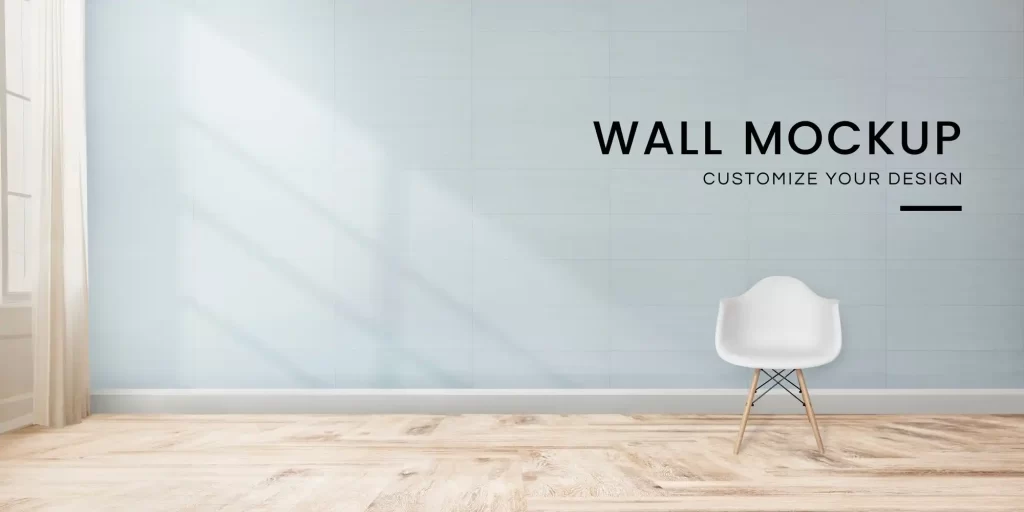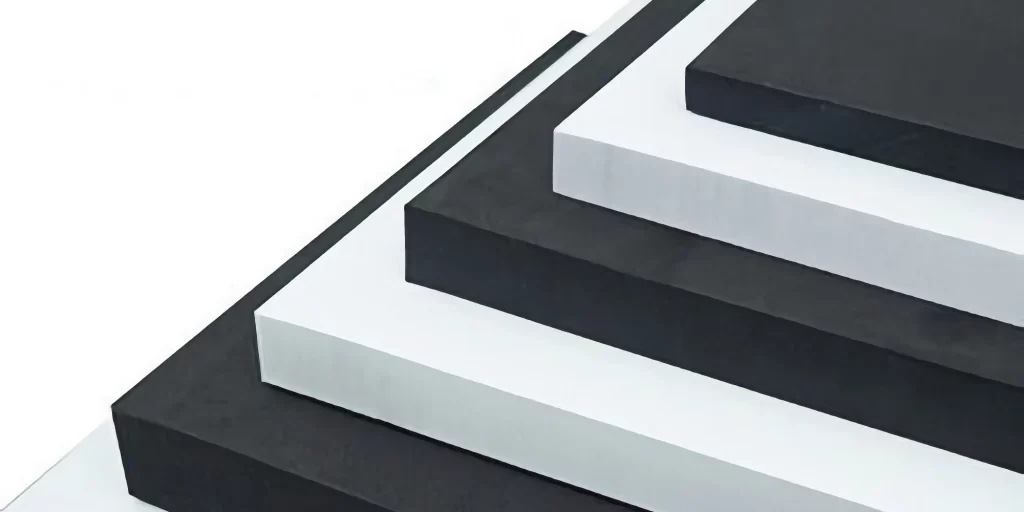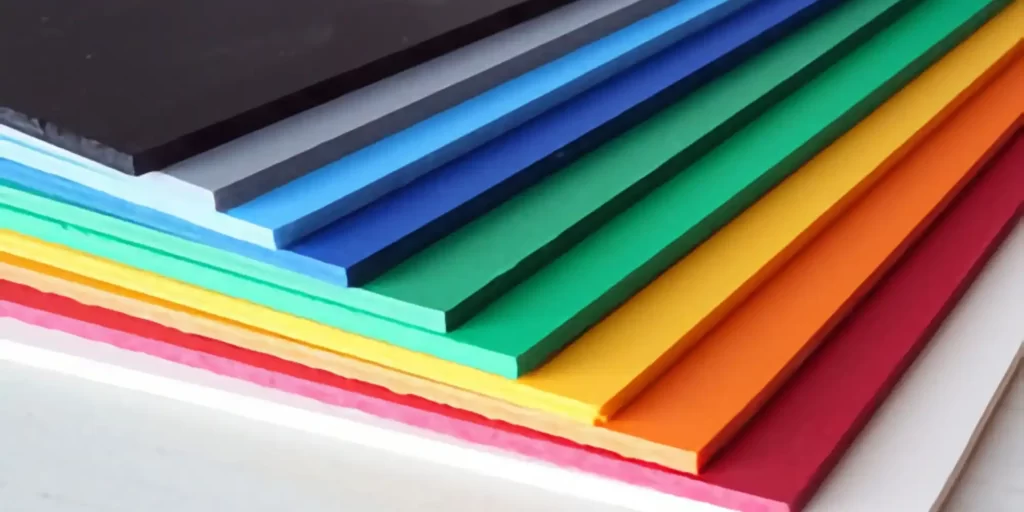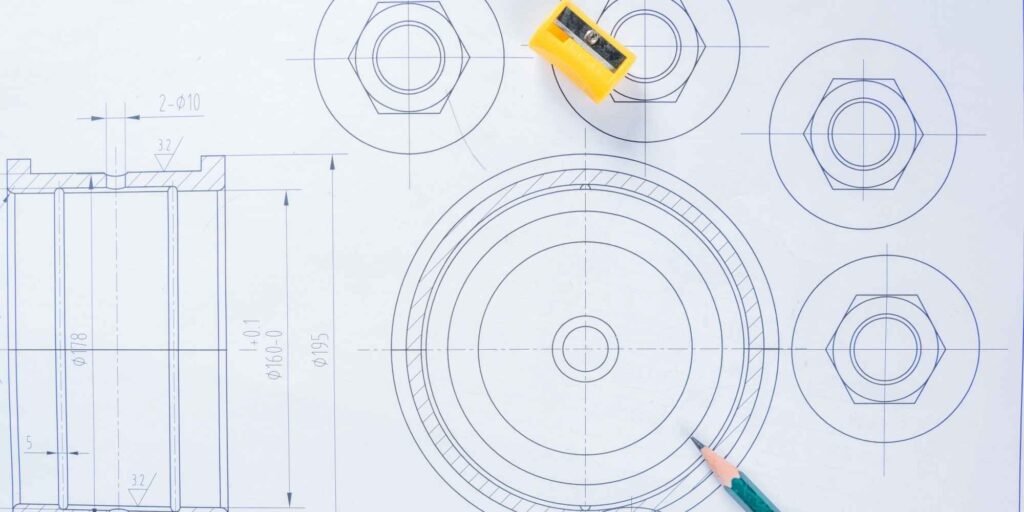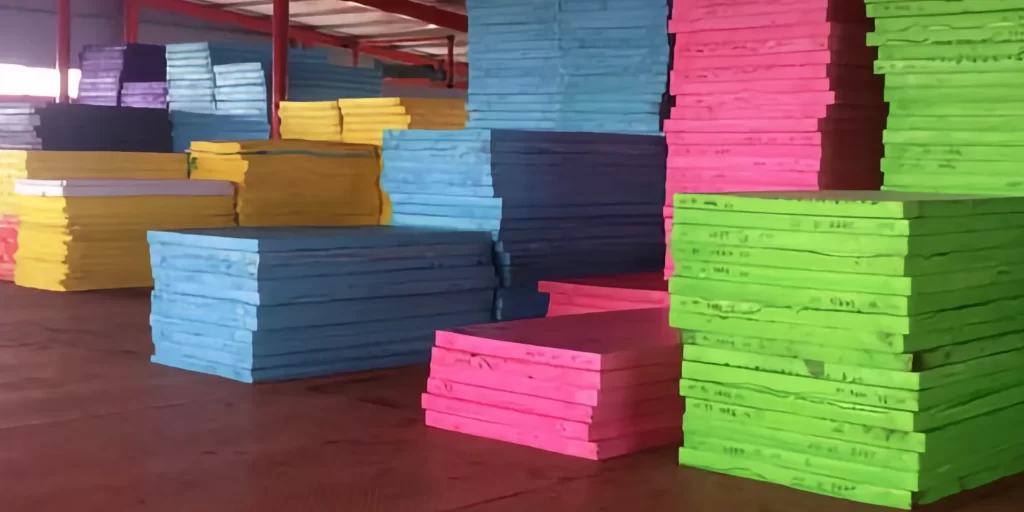Introduction
The world of interior design is ever-evolving, with innovative materials and techniques continually emerging to redefine spaces. Among these innovations, EVA (Ethylene Vinyl Acetate) foam has emerged as a game-changer in wall coverings. This article delves deep into the world of EVA foam wall coverings, exploring its benefits, applications, and addressing frequently asked questions.
What is EVA Foam?
EVA foam is a blend of ethylene and vinyl acetate, resulting in a soft, flexible, and resilient material. Known for its shock-absorbing properties and versatility, EVA foam has found applications in various industries, from sports equipment to automotive interiors. Its unique texture and adaptability make it an excellent choice for wall coverings.
Benefits of EVA Foam Wall Coverings
- Aesthetic Appeal: EVA foam wall panels come in various designs, textures, and colors, allowing for a wide range of decorative options.
- Sound Insulation: The foam’s density acts as a sound barrier, reducing noise transmission and creating a quieter indoor environment.
- Thermal Insulation: EVA foam provides an additional layer of insulation, helping maintain indoor temperatures and reduce energy costs.
- Safety: Being soft and cushioned, EVA foam wall coverings are ideal for spaces like children’s rooms, reducing the risk of injuries from accidental bumps.
- Easy Installation: EVA foam panels are lightweight and often come with adhesive backings, making the installation process straightforward.
Applications of EVA Foam in Wall Coverings
- Accent Walls: Create a focal point in any room by using textured or patterned EVA foam panels.
- Children’s Rooms: Given its safety features, EVA foam is perfect for children’s rooms, providing both aesthetics and protection.
- Home Theaters: Enhance the acoustics of your home theater with sound-insulating EVA foam panels.
- Offices: Use EVA foam wall coverings to reduce noise distractions and enhance the workspace’s visual appeal.
- Retail Spaces: EVA foam can be used to create unique displays or as a backdrop for showcasing products.
Installation Tips for EVA Foam Wall Coverings
- Surface Preparation: Ensure the wall is clean, dry, and free from any peeling paint or wallpaper.
- Measurement: Accurately measure the wall and cut the EVA foam panels to fit perfectly.
- Adhesive Application: If the panels don’t come with adhesive backings, use a recommended adhesive for foam materials.
- Panel Placement: Start from a corner and work your way across, ensuring each panel is firmly pressed against the wall.
FAQ
Q: How do I clean EVA foam wall coverings?
A: EVA foam is easy to clean. Use a damp cloth with mild soap to wipe away any dirt or stains.
Q: Are EVA foam wall panels fire-resistant?
A: While EVA foam has some resistance to heat, it’s essential to check the manufacturer’s specifications regarding fire resistance.
Q: Can I paint over EVA foam wall coverings?
A: Yes, EVA foam can be painted. However, it’s advisable to use acrylic or foam-friendly paints to achieve the best results.
Q: How long do EVA foam wall coverings last?
A: With proper care and maintenance, EVA foam wall coverings can last for several years without showing signs of wear.
Conclusion
EVA foam wall coverings are revolutionizing the way we perceive interior design. Combining functionality with aesthetics, they offer a modern solution for those looking to elevate their spaces. Whether you’re a homeowner, interior designer, or a commercial space planner, EVA foam wall coverings provide a versatile and stylish option to consider. As the demand for innovative and sustainable design materials grows, EVA foam stands out as a top choice for wall decor.
